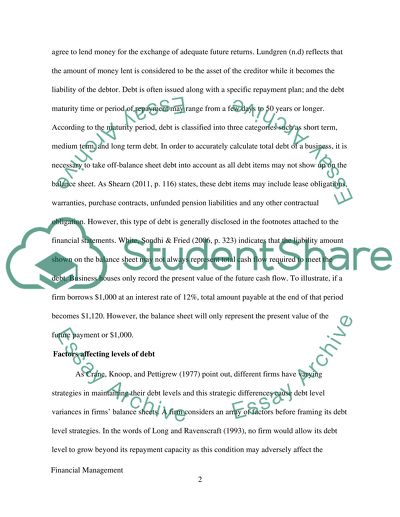Cite this document
(“Debt in the firms balance sheets Essay Example | Topics and Well Written Essays - 1750 words”, n.d.)
Retrieved from https://studentshare.org/finance-accounting/1394406-debt-in-the-firms-balance-sheets
Retrieved from https://studentshare.org/finance-accounting/1394406-debt-in-the-firms-balance-sheets
(Debt in the Firms Balance Sheets Essay Example | Topics and Well Written Essays - 1750 Words)
https://studentshare.org/finance-accounting/1394406-debt-in-the-firms-balance-sheets.
https://studentshare.org/finance-accounting/1394406-debt-in-the-firms-balance-sheets.
“Debt in the Firms Balance Sheets Essay Example | Topics and Well Written Essays - 1750 Words”, n.d. https://studentshare.org/finance-accounting/1394406-debt-in-the-firms-balance-sheets.


